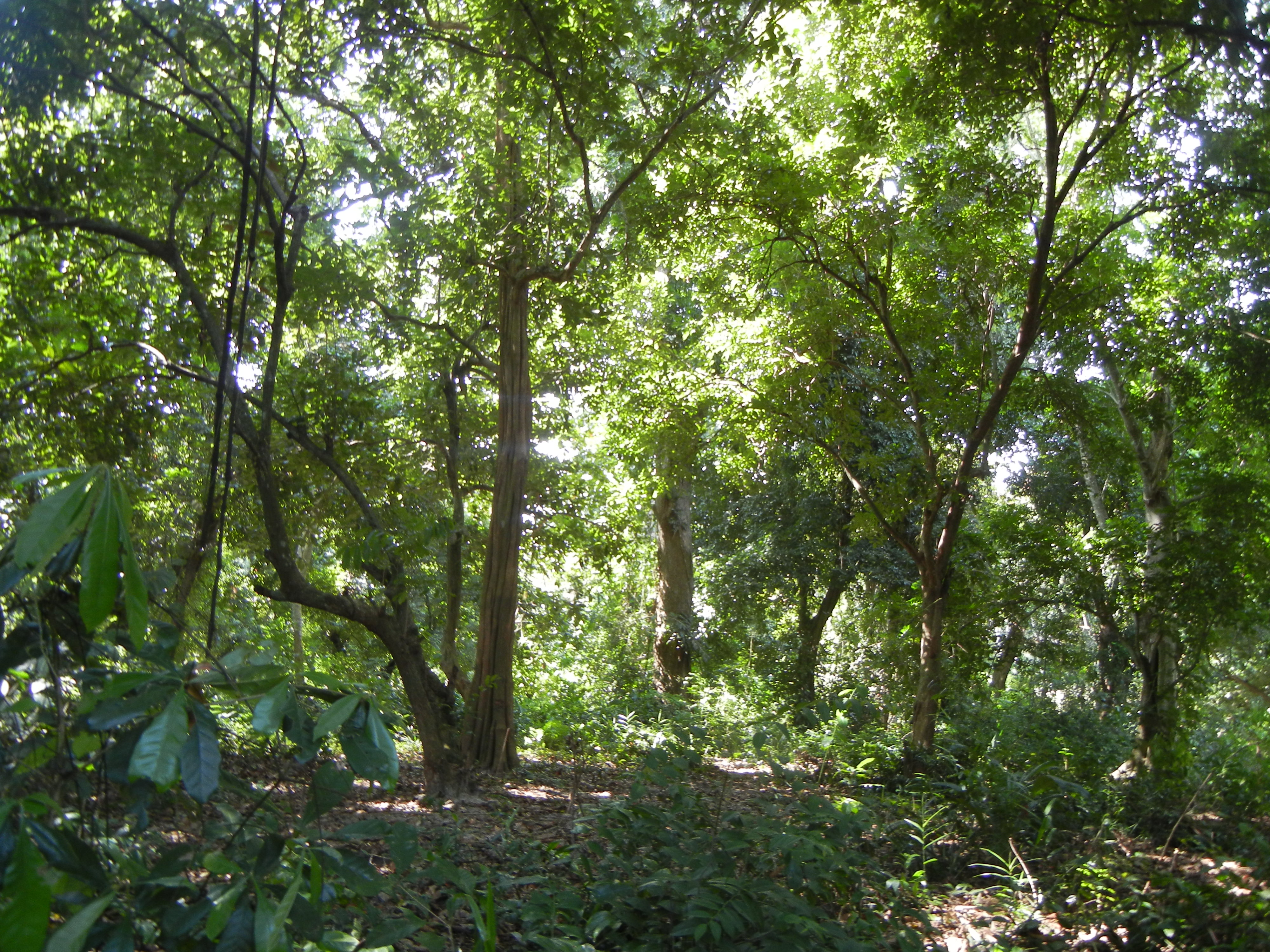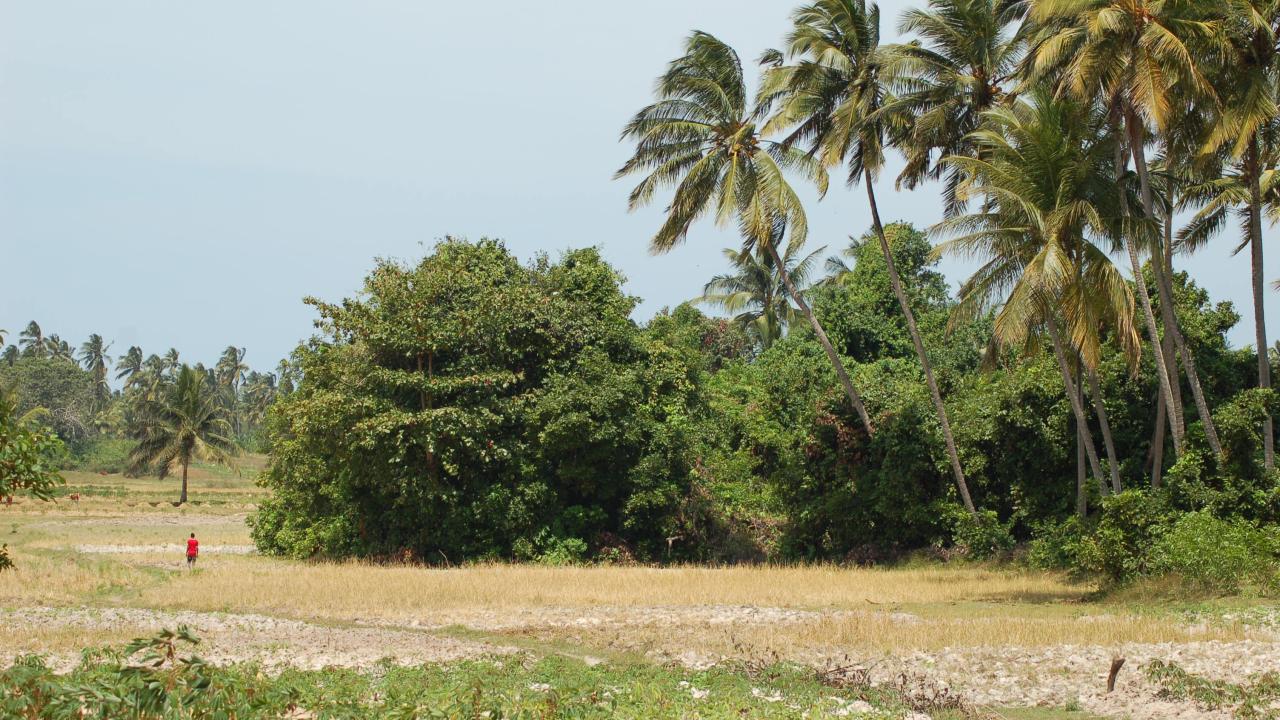When pay-to-conserve programs don’t come through with payments, they don’t conserve, indicates a case study by the University of California, Davis, of a REDD+ Readiness program on the island of Pemba, off the coast of Tanzania.
REDD+ is a United Nations program that stands for Reducing Emissions from Deforestation and Forest Degradation. It aims to incentivize developing economies to conserve forests by paying them for added carbon storage through the carbon market. The “plus” refers to social benefits, such as empowering women, providing tenure security and enhancing biodiversity, that can come from conserving local forests.
The study, published today in the journal Environmental Research Letters, found that social benefits alone, in the absence of payments, were not enough to slow deforestation in a REDD+ project in Pemba. Using satellite imagery and statistical matching methods, the authors found no quantitative difference in forest cover change between areas of Pemba with and without a REDD+ program.

Prioritizing payment
“We’re not saying REDD+ doesn’t work at all,” said lead author Amy Collins, a Ph.D. student at UC Davis at the time of the study and currently a postdoctoral researcher at Colorado State University. “REDD+ has the potential to be useful, but it needs to be implemented properly. Certainly, payments for ecosystem services have to be in place.”
Payments through REDD+ are mostly associated with carbon sequestration. In Pemba, the process to measure, report and verify carbon sequestration was left incomplete by the carbon agent due to technical shortcomings and lack of follow-through.
Pemba is not alone. A previous study found that two-thirds of REDD+ programs as of 2018 had not received payments, for various reasons.
To help ensure compensation, the authors suggest that REDD+ programs should confirm they have a viable strategy for monitoring and verifying outcomes before a project begins on the ground.
Other benefits
Carbon storage is the main criteria for REDD+ payments, but community forestry projects often have positive, noncarbon effects, as well. The study suggests those other benefits be better monitored and integrated into payment criteria.
For example, despite little change in deforestation rates, the authors saw firsthand social and environmental benefits that the program produced, including community empowerment, especially for local women.
“Our broader research team is finding women’s engagement with conservation objectives has grown as a result of different levels of exposure to REDD+, and also that the community forest model supported by REDD+ is spreading across the island despite an absence of payments,” said project leader Monique Borgerhoff Mulder, professor emerita of anthropology at UC Davis, and now at the Max Planck Institute for Evolutionary Anthropology, Leipzig.
For example, the program allowed for multiple uses in the forest, not just strictly preservation. One group composed largely of women began a beekeeping business called Pemba Honey, which produced honey with the distinctive taste of cloves, the main crop in Pemba.

“When we were conducting our research on Pemba island, we saw a lot of women driving this program,” Collins said. “Enabling women to have prominent roles in business and livelihoods was recognized as a potential co-benefit to this REDD+ project from the start.”
Additional co-authors include Mark Grote and James Thorne of UC Davis, Tim Caro of UC Davis and University of Bristol, Aniruddha Ghosh of UC Davis and International Center for Tropical Agriculture in Nairobi, and Jonathan Salerno of Colorado State University.
The study was funded by the Rafe Sagarin Fund for Innovative Ecology and a Seed Grant for International Activities from UC Davis Global Affairs.
Media Resources
Media Contacts:
- Amy Collins, UC Davis/Colorado State University, accollins@ucdavis.edu
- Kat Kerlin, UC Davis News and Media Relations, 530-750-9195, kekerlin@ucdavis.edu
